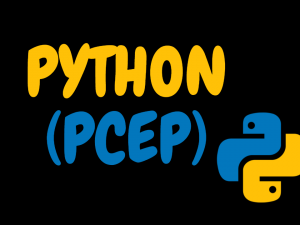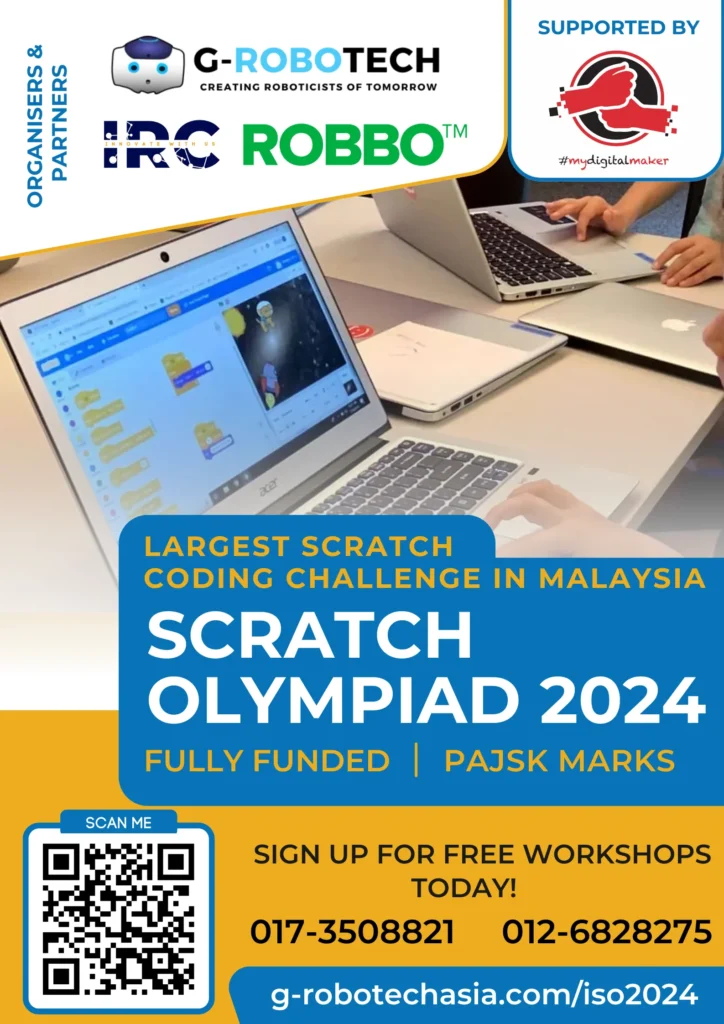Arduino Electronics
- Description
- Curriculum
- Reviews

Arduino is an open-source platform used for building electronics projects. It is programmed to sense and control the objects in the physical world. This consists of both a physical programmable circuit board and a piece of software, example, runs on the pc, want to write and upload computer code to the physical board.
It is an important part in robotics because it provides creativity and problem-solving. It is plugged in the computer and programmed with easy commands, example, when Arduino is placed in a circuit, it will manipulate the functioning of the device. It emphasized the involvement of Arduino in many things. Arduino can also be used to create elements, connecting to devices, and interacting with both hardware and software. It helps both to control an element, to read the information from a source, and convert the information into an action such as writing on a display.
Type of Arduino
Arduino UNO: This board comes up with numerous features that helps user to use in the project. It uses microcontroller i.e.; helps to increase the transfer rate and contain large memory. Arduino UNO is a compatible with other shield and can be combined with other Arduino products.
Lily pad Arduino: It is designed for integrating i.e.; with wearable projects and e-textile projects. The board helps to decrease the problem and can be easily connected to other devices. This board use very less external component that makes design easy and compatible.
Arduino Mega: It is considered as the microcontroller i.e.; used. This can be attached to computer system via USB connection and power supply can be provided to board by using battery to adapter. It has a large number of pins i.e.; fitted to make the board suitable for projects.
Arduino Leonardo: It act as a crystal oscillator of frequency. The Arduino board can be attached to computer system via USB connection and it can provide to board by using battery to DC adapter. It is used to removes the dependency of extra processor in it. The Arduino Leonardo is considered as cheapest Arduino boards compare to other Arduino products.
Arduino Red Board: It uses the mini-USB cable for getting programmed and Arduino IDE is used for this purpose. This board is compatible with operating system and there is no need to change security settings to make board working. The design is very simple and it can be easily integrated with other projects.
Arduino Shields: It is considered as pre-build circuit boards that are use to connect other Arduino boards. The Arduino shield are placed on top of Arduino boards and enhance the capability to get connected to internet network, controlling of motor, and also help to establish wireless communication.
-
1Module 1 : Installation process
-
2Module 2 : C Programming Language
-
3Module 3 : Breadboard
-
4Module 4 : Resistors & Potentiometer
-
5Module 5: Arduino Uno Structure
-
6Module 6 : Arduino With Led In Series
-
7Module 7 : Arduino With Led In Parallel
-
8Module 8 : Arduino With Led And Push Button
-
9Module 9 : Arduino With Buzzer
-
10Module 10 : Arduino With Buzzer And Led
-
11Module 11 : Arduino Traffic Light (3 Led) With Buzzer
-
12Module 12 : Arduino With LCD (Hello World!)
-
13Module 13 : Arduino With I2c LCD(Hello World!)
-
14Module 14 : Arduino With Water Level Sensor (Analog Code)
-
15Module 15 : Arduino With Water Level Sensor With Led And Buzzer
-
16Module 16 : Arduino With Water Level Sensor With I2c Lcd
-
17Module 17 : Arduino Sound Sensor Module (Analog Code)
-
18Module 18 : Arduino Sound Sensor With Led And Buzzer
-
19Module 19 : Arduino Sound Sensor Module With I2c Lcd
-
20Module 20 : Arduino With Sound And Water Level Sensor
-
21Module 21: Arduino With LDR (Analog Code/Serial Monitor)
-
22Module 22: Arduino With LDR And LED (On/Off Light Sensor)
-
23Module 23: Arduino With LDR And I2C LCD
-
24Module 24: Arduino With LM35 Temperature Sensor
-
25Module 25: Arduino With 7 Segment LED (Structure)
-
26Module 26: Arduino With 1 Digit And 7 Segment LED (Code)
-
27Module 27: Arduino With 7 Segment LED Traffic Light
-
28Module 28: Arduino With 4 Digit 7 Segment LED (code)
-
29Module 29: Arduino With 4 Digit 7 Segment (Current Time)
-
30Module 30: Arduino With Flame Sensor
-
31Module 31: Arduino With RGB Module
-
32Module 32: Arduino With Tilt Sensor LED/Buzzer
-
33Module 33: Arduino With DHT1 Sensor (Display Temperature)
-
34Module 34: Arduino With DHT11 (Display on LCD)
-
35Module 35: : Arduino With SG90 Servo Motor (Potentiometer)
-
36Module 36: Arduino With 5V Stepper Motor (Forward)
-
37Module 37: Arduino With Stepper Motor (Backward)
-
38Module 38: Arduino With Joystick (Serial Monitor)
-
39Module 39: Arduino With Joystick (LCD)
-
40Module 40: Arduino With RFID (Serial Monitor)
-
41Module 41: Arduino With RFID (Project)
-
42Module 42: Arduino With IR Remote
-
43Module 43: Arduino With 4x4 Keypad
-
44Module 44: Arduino With Relay (Simple Circuit)
-
45Module 45: Arduino With Relay (Advanced Circuit)
-
46Module 46: Arduino With DS1302 Real Time-clock Module
-
47Module 47: Arduino With IC74HC595
-
48Module 48: Arduino With 8x8 Dot Matrix Display






